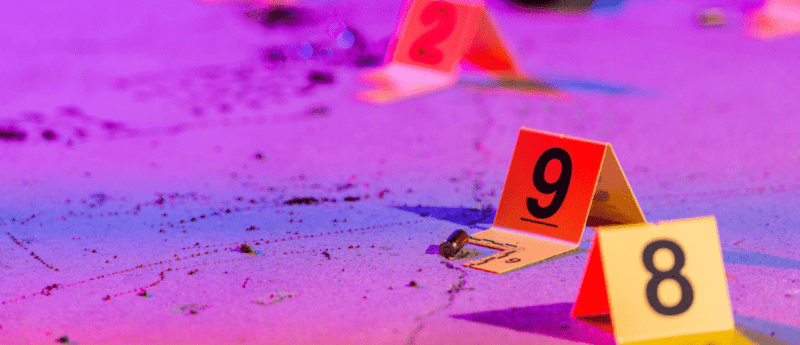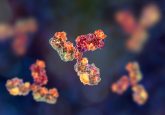New microfluidic chip offers superior forensic blood residue detection

Researchers from Ben-Gurion University of the Negev (BGU; Beersheba, Israel) have developed a new microfluidic chip to identify miniscule blood residues for forensic applications at crime scenes.
Currently, luminol is used by forensic scientists to detect blood residue, along with low hydrogen peroxide concentrations, proteins and DNA, all of which are invisible to the naked eye. Luminol exhibits chemiluminescence causing it to glow a bright blue color when activated by an oxidizing agent – such as the iron in hemaglobin – in the presence of a catalyst. Given the detected signal for biological residues does not depend on an external light source, use of this method is very cost effective.
The new technology combines the use of luminol with gold or silver nanospheres in a specifically designed serpentine-shaped microfluidic device that significantly increases the detection limit through amplifying emission of chemiluminescence light and facilitating the imaging in the chip. In addition to increasing the chemiluminescence intensity, the new device also prolongs the glow time of luminol, enabling the detection of much smaller blood samples in a forensic scene.
Head of BGU’s light-on-a-chip group, Professor Alina Karabchevsky commented: “Our findings open the door to new integrated microfluidic chips based on Purcell effect mediated by nano-plasmons with gain media. Practical implementation of the discovered effect will include further superior chemiluminescence-based sensors for forensic science, research in biology and chemistry, and no-source opto-chemical lasers.”
“Identifying trace quantities of blood can increase the efficiency and accuracy of a forensic investigation of a crime scene but requires more sensitive detectors than those that are currently available,” explained Netta Cohen, CEO of BGN Technologies (Beersheba, Israel). “The method developed by BGU researchers will enable development of future detectors with improved sensitivity.”
Sources: https://in.bgu.ac.il/en/bgn/pages/news/Luminescence-Based.aspx; https://phys.org/news/2019-07-chip-superior-forensic-blood-residue.html




